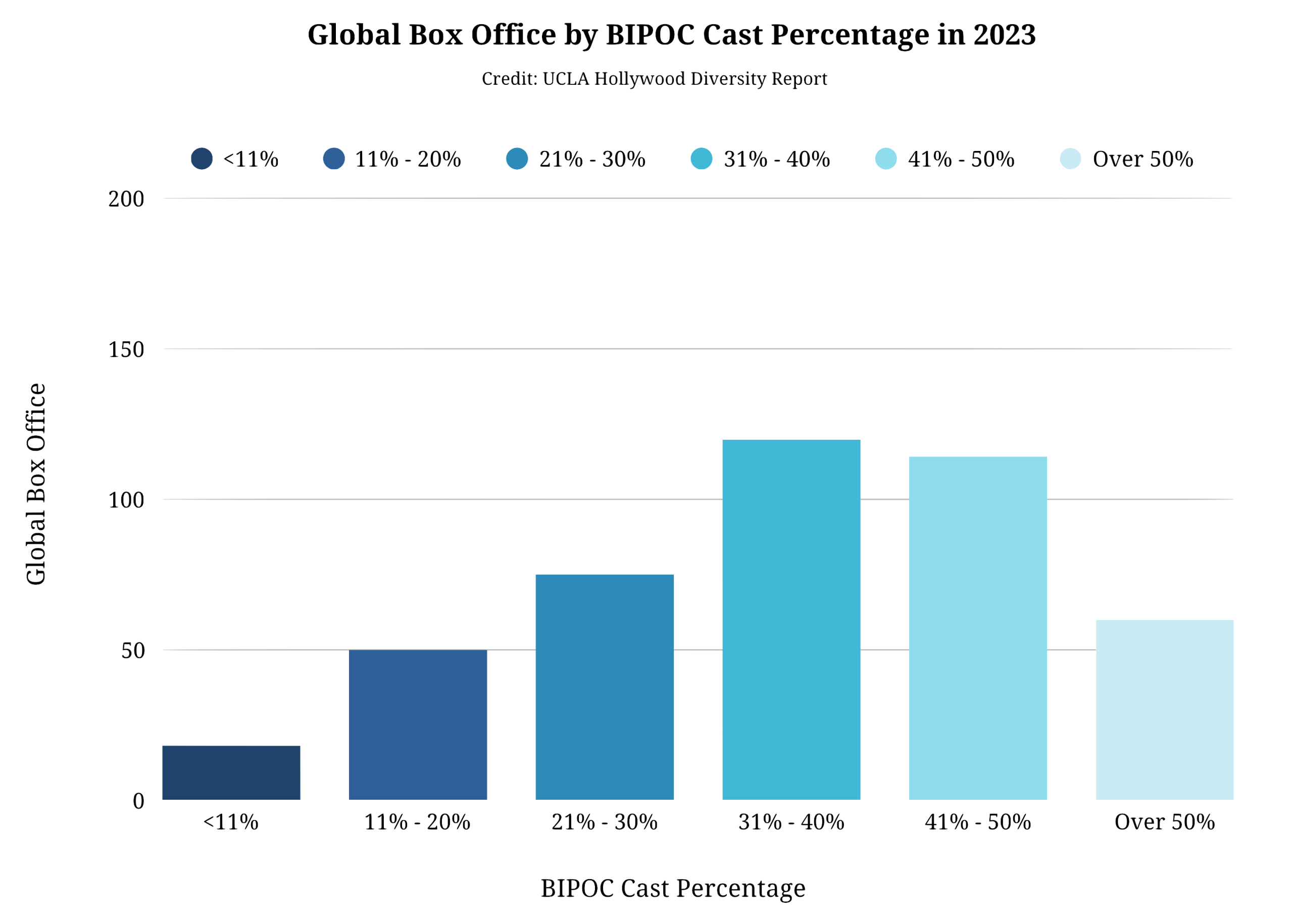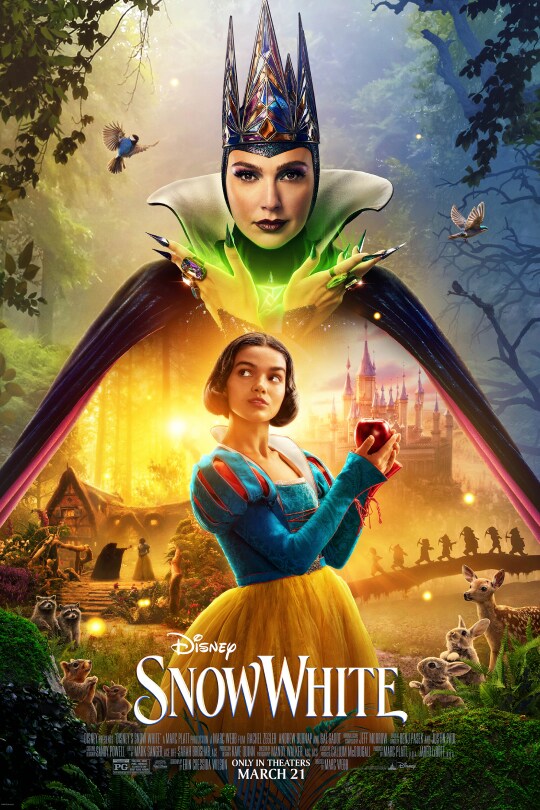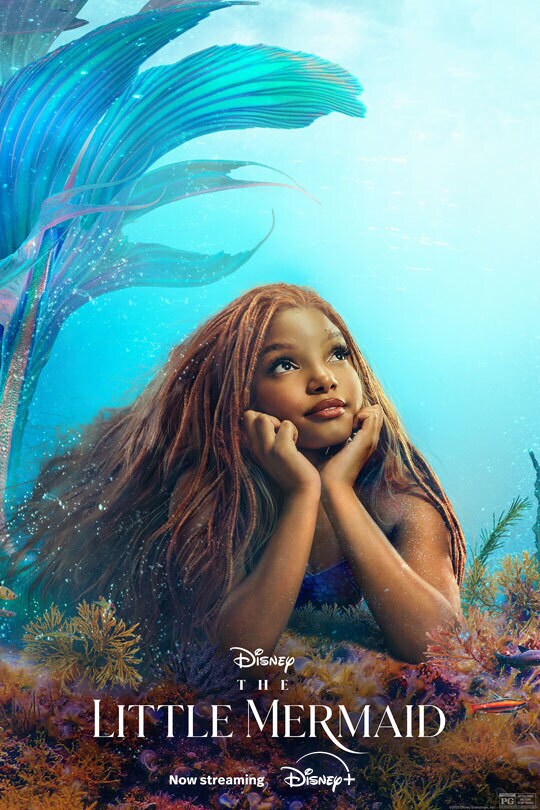THE FUTURE OF DEI IN HOLLYWOOD
Hollywood’s DEI Initiatives Are Disappearing Nearly Five Years After Creation…What Comes Next?
In a tug-of-war between political pushback and public pressure, Hollywood is being pulled in two directions and the tension is starting to show.
By Claire Sures
May 7, 2025
During the 2020 protests for racial justice, Hollywood vowed to address the long-standing trend of underrepresenting minority groups on and off the screen. Studios, production companies and agencies alike donated millions to anti-racist organizations, formed DEI initiatives and instilled internal hiring policies. All with the promises of systemic change, increased representation and real accountability.
Nearly five years later, those commitments are disappearing… quietly.
A recent executive order to shut down federal DEI programs has left the entertainment industry caving to political pressures.
In February, the Federal Communications Commission investigated Comcast over ‘invidious’ DEI policies. In response, other media companies like Disney, Amazon, Paramount and Warner Bros. slashed their policies in fear.
But the effects of this order won’t be reflected on screen for at least two years. So, why is diversity already declining?
In their 2024 report, the UCLA Entertainment and Media Research Initiative, found that diversity decreased in actors, directors and writers – a recall from 2023’s historic progress.
Michael Tran, lead graduate student researcher and co-author of the EMRI, said they’ve been warning about this.
“The industry is under a lot of pressure,” Tran said. “Since about 2019, it’s been pandemics and strikes. There’s something cataclysmic happening to the industry every year.”
The pandemic cost the global film industry an estimated $7 billion and the 2023 writers strike added another $2 billion on top of that. With all of Hollywood under pressure to cut costs, DEI was among the first on the agenda.
Matt Belloni, founder of Puck News and entertainment podcast “The Town,” attributes this decline to the ingrained stereotypes that permeate the business.
“There was a stereotype that movies starring African Americans would not play overseas,” Belloni said. “And we’ve seen several examples that they do. But those stereotypes persist, and they’re used as justifications for not making certain kinds of movies.”
While each year is unpredictable, Tran said that one thing remains constant: the connection between diversity and box office success.
“I’m looking at this really tight, important relationship between economic success, financial success and diversity,” Tran said, “and I’m seeing the industry not addressing that reality.”
Despite the decline of diversity in other areas, 2024 continued the trend of more-diverse films outperforming their less-diverse counterparts.

Casts with 31 to 40 percent people of color were the most successful. Casts with less than 11 percent BIPOC continued to tank after a five-year drought.
The numbers are clear. Audiences want diverse stories.
So why aren’t studios making them? Belloni said that many executives are afraid to “get it wrong.”
“Most of the upper echelon executives are white,” he said. “You make a movie like ‘Crazy Rich Asians,’ for instance, that is a movie that would be very easy to get wrong. It’s a good example of making a movie for and by a specific demographic and being rewarded for that. But it’s hard to do that.”
Grossing over $230 million, the romantic-comedy was the first Hollywood movie in 25 years to feature an all-Asian cast.
Brad Simpson, one of the movie’s producers, said, in an email, “This shows — once again, with emphasis — that true diversity matters. Audiences are tired of seeing the same stories with the same characters. And we have to give people a reason to get off their couch or devices. We have to give them something different.”
The same was true for “Black Panther,” which shattered records by netting $1.35 billion worldwide, making it the highest-grossing superhero movie of all time.
Both “Crazy Rich Asians” and “Black Panther” proved that diverse stories not only matter, but they sell.
But there’s something to be said about the climate, both culturally and politically, when these films were released in 2018.
It was Trump’s second year in office. Many of the movies released that year were greenlit two years prior, during the Obama administration.
Jordan Peele’s “Get Out,” a 2017 horror film that examines racism, both structurally and internally, and the exploitation of Black people, was released in a very different climate than its creation.
“The movie was written in the Obama era, which I’ve been calling the post-racial lie,” Peele said to Vanity Fair after the movie’s release. “We were in this era where the calling out of racism was almost viewed as a step back . . . Trump was saying that the first black president wasn’t a citizen . . . There was this feeling like, ‘You know what, there’s a black president. Maybe if we just step back, [Trump] can say his bullshit. No one cares. And racism will be gone.’ That’s the era I imagined this movie would come out in.”
Instead, “Get Out” was released during a time when police violence and hate crimes against African Americans dominated the headlines, and conversations about racism were gaining national attention.
It came at a moment of political resistance, when stories highlighting the strength of underrepresented communities helped fuel the movement.
In such a sensitive climate, there was a fear about misrepresenting the story or “not getting it right,” Belloni said.
Today, it’s a different fear: the political and societal backlash that comes with telling – and not telling – the story.
Disney’s recent projects show just how precarious that balance can be.
In an effort to diversify their content, Disney made live-action versions of two classic films: “Snow White” and “The Little Mermaid” – both princesses were played by actresses of color.


Credit: Disney
Unfortunately, the market for live-action remakes is slim. Belloni said it’s incredibly difficult to diversify old intellectual property and it often ends in controversy.
With legacy stories like Disney’s princesses, audiences often resist change; Whether it’s casting an actress who doesn’t look like the century-old cartoon, or even just updating the storyline.
After receiving a 44% Rotten Tomatoes review, “Snow White” made under $185 million–leaving Disney nearly $100 million short of breaking even.
“The Little Mermaid,” while slightly more successful, lost about $5 million in the box office.
While it’s easy to assume the movies failed because of their diverse casting, many are pushing back to say it’s the updated storytelling that’s to blame.
A former executive in corporate communications at some of Hollywood’s biggest companies said what audiences really want is new IP–not a recycling of something old.
“The thing I think people forget is that our histories exist but we can grow. They should be a reference point for how we have grown,” said Jane, a pseudonym for a source who asked to remain anonymous. “Setting this poor actress up to fail because she doesn’t look like ‘The Little Mermaid’ that most people grew up seeing, is really problematic. Why not just create a new story like you did for ‘Princess and The Frog?’”
Because of their shortcomings, Disney announced they would halt their live-action remake of “Tangled.”
Even if diverse casting wasn’t the reason these movies struggled, the story became that — not about the movie itself.
What does this message send to other studios trying to prioritize inclusivity? That telling new, diverse stories isn’t worth the backlash?
So, studios are at a crossroads.
If they’re too committed to inclusion, they might risk relationships with shareholders, or worse, get sued. But, if they omit their efforts completely, employees and audiences may not stick around.
In an attempt to navigate this, studios are cutting, phasing out or rebranding their DEI and inclusive hiring initiatives.
Disney was first, slashing its “Reimagine Tomorrow,” program, which aimed to amplify underrepresented voices across the industry.

Paramount followed suit by ending all “aspirational numerical goals related to the race, ethnicity, sex or gender of hires,” and removing all DEI-related language from its website.

Then Warner Bros. jumped on the trend–pulling out of external diversity surveys that identify companies’ inclusivity gaps.
Many companies also rebranded their DEI initiatives—dropping the “D” and the “E” and leaving “Inclusion” as the new umbrella term.
Jane said inclusive hiring isn’t about just “ticking boxes,” but finding qualified people who contribute authenticity.
“It’s just about finding good people,” Jane said. “And coincidentally, good people come in all different shapes and colors.”
For a brief moment, inclusive hiring practices and initiatives offered a real way in, especially for people who’ve long been on the outside.
Without the support, resources and opportunities, the next generation of talent is being pushed out before they ever had a chance to get in.
There are still some young, industry-hopefuls, though. Katya Knadjian, a first-year assistant at Creative Artists Agency, said she hopes her generation will be the changemakers.
“I think a lot will change as a newer generation, and a more diverse generation, of voices are welcomed into the conversation. Those are the people who make me confident about the future of entertainment.”
But, if those voices aren’t heard soon, Belloni said Hollywood may lose the very audiences it needs to survive.
“You risk becoming irrelevant to diverse young audiences–and that’s a serious risk.”
If viewers are unable to connect with the stories they see on screen, they may head to a place where they can: social media.
These platforms offer users endless hours of diverse content. Why see the same stereotypical movie when you could watch thousands of creators who represent unique stories, interests and ideals?
If Hollywood won’t evolve, audiences will–and they’re already starting to.
According to a Deloitte study, 56% of Gen Z said they find more relevance in social media than traditional media, like TV shows and movies.
As well as, 52% of Gen Z said they feel more of a personal connection to social media creators than actors.
Even in a battle for viewership, Hollywood still fails to broaden its horizons.
Some people are now questioning whether the 2020 promises of inclusivity were ever backed by plans for action.
Tran said while the promises might have seemed sincere, Hollywood’s actions didn’t suggest a real intention to follow through.
“It’s easier for organizations to not make difficult decisions and instead, to do PR moves and not make substantial changes,” Tran said. “Then, once the public pressure has let, they turn their attention to something else thinking that nobody’s looking and they can drop the ball.”
But others, like Belloni, suggest the industry did make an effort, at least for a time.
“Once there was a lot of pressure put on the industry by outside forces and people, you did see it open up,” Belloni said. “Most companies were pretty aggressive about their DEI initiatives up to and including 2020 and beyond. It’s only now, in the last year or two, that we’ve seen the pushback.”
How Hollywood chooses to respond to today’s external pressures will reveal where their priorities truly lie: politics or people?
Studios can either retreat to what feels safe, or build something that actually reflects the people watching.
That decision won’t just determine who gets seen… it’ll decide who gets heard.
Listen to my exclusive interview with Matt Belloni, founder of Puck News and entertainment podcast, “The Town.”
Claire Sures Annenberg Capstone 2025